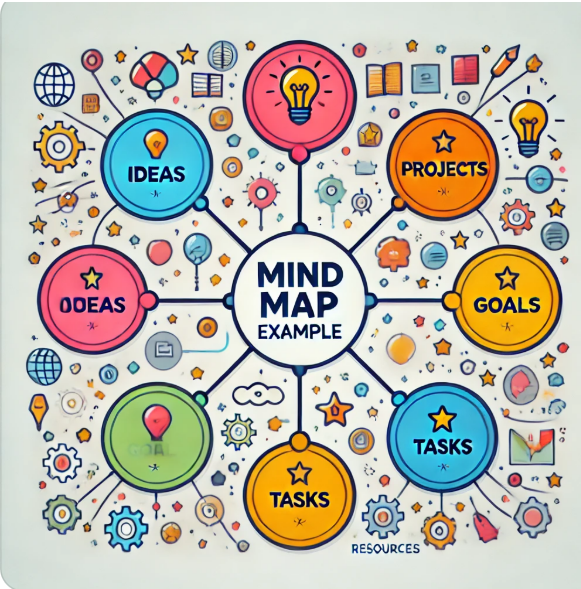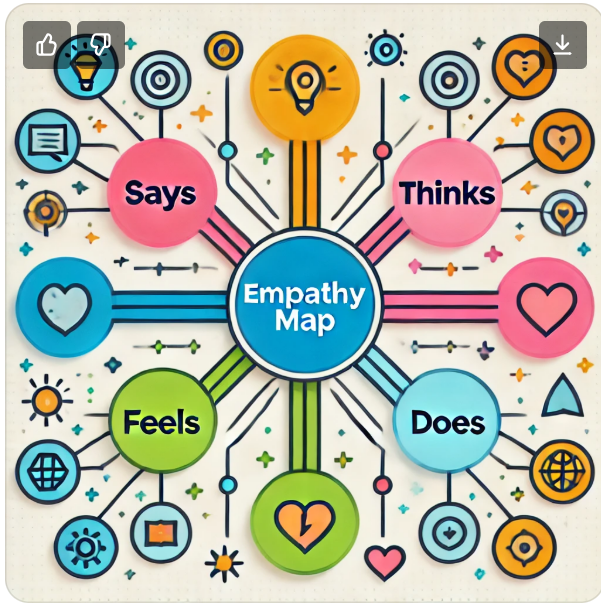Module 5 Part 5
Task 1 (20 min)
GROUP DISCUSSION
Discuss in a group and create a mind map. Answer the following questions:
What difficulties do you think people from the diaspora of an aggressor country face?
What challenges might arise if people from two warring countries study in the same classroom or work together in a workplace in a third country?
How might people’s perceptions and interactions be influenced by the presence of individuals from opposing sides of a conflict in educational or workplace settings?
Example:

Task 2 (45 min)
Description of situation
Dmitrijs is Russian by heritage, but his grandparents were sent to work on a kolkhoz (a Soviet-era collective farm) in Latvia. Both Dmitrijs and his parents were born in Latvia. Dmitrijs has never felt connected to Russia; for him, it is just another country. Russian was spoken in his family from childhood, so his native language is Russian. However, when Russia invaded Ukraine, Dmitrijs’ life changed dramatically. Some of his colleagues stopped greeting him, and he often heard remarks like "damned Russians". For the first time, Dmitrijs felt a sense of guilt by association. An inner voice echoed in his mind, Is it my fault that I was born into a Russian family? Is it my fault that my native language is Russian? I have never identified with Russia; it is foreign to me. The only connection I have to that country is my language.
Create an empathy map for Dmitrijs, focusing on what he might see, hear, think, and feel after Russia invades Ukraine and his colleagues' reaction. Identify Dmitrij’s possible emotions, concerns, and thoughts. Add boxes for pain and gain.
Example:

- Reflect on the feelings Dmitrijs expresses in the situation:
How might his experience illustrate the challenges of identity, belonging, and guilt by association?
Consider how his background impacts his sense of self and how others perceive him.
- Discuss in groups:
Why might Dmitrijs’ colleagues be reacting negatively towards him?
What stereotypes or biases could be influencing their behaviour?
How do such biases affect people like Dmitrijs, who are indirectly associated with events they did not choose?
- Imagine you are in a managerial role at Dmitrijs’ workplace:
What steps would you take to foster a more inclusive and understanding work environment?
Propose actions to address Dmitrijs’ needs and his colleagues' concerns.
Task 3 (30 min)
Description of situation
One day, a man from Ukraine, Kyrylo, who had been wounded in the war and sent to Latvia for treatment, joined Dmitrij's work team. After his treatment, Kyrylo decided to stay in Latvia and began working. His knowledge of English was limited, so the only way to communicate with others was in Russian, a language he knew well. Kyrylo was very grateful to have Dmitrijs on the team; Dmitrijs became his mentor, helping him integrate quickly and learn the skills needed for the job. The two developed a strong friendship.
- Analyze Dmitrijs and Kyrylo's characters.
What qualities make Dmitrijs a helpful mentor?
What challenges might Kyrylo face as he adjusts to a new country, workplace, and language?
How do their backgrounds affect their interactions?
- Discuss the role of language in Kyrylo and Dmitrij's friendship.
How does sharing a common language help them build a bond?
Reflect on how language can bridge cultural divides, even under challenging circumstances.
Develop guidelines for fostering inclusivity and support in workplaces where colleagues may come from countries with historical or current conflicts. Reflect on how Dmitrijs and Kyrylo’s story illustrates the importance of support, mentorship, and acceptance.
Task 4 (35 min)
Description of situation
However, not everyone viewed their friendship positively. Some colleagues whispered that Dmitrijs was “betraying his people” by helping a Ukrainian, while others questioned Kyrylo's choice to rely on a Russian speaker. Dmitrijs and Kyrylo faced quiet criticism and moments of isolation but continued supporting one another. Through their friendship, Dmitrijs felt less burdened by his heritage, and Kyrylo came to see Dmitrijs as an individual rather than a symbol of his country’s war. Their bond showed the team that personal connections could overcome even the weightiest national divides.
- Reflect on the challenges both Dmitrijs and Kyrylo face as individuals with ties to opposing sides of war:
How do the assumptions of their colleagues affect them?
What emotions might each of them experience as they navigate these reactions?
- Write a reflection on a time when you or someone you know faced judgment based on nationality, background, or associations.
What can this teach us about managing conflicts based on assumptions?
- Imagine you are a manager in Dmitrijs and Kyrylo’s team. Propose specific strategies you could use to address misunderstandings and foster an inclusive atmosphere in the workplace.
How could you help both Dmitrijs and Kyrylo feel accepted?
- Hold a debate on the question, “Should workplaces and schools actively address conflicts between colleagues or students with opposing national backgrounds?” Consider arguments for and against intervention and discuss each approaches potential benefits and drawbacks.
Task 5
Reflection Questions
What lessons about empathy and individuality can be learned from Dmitrij’s story?
How can educational and workplace settings better support individuals affected by conflicts beyond their control?

